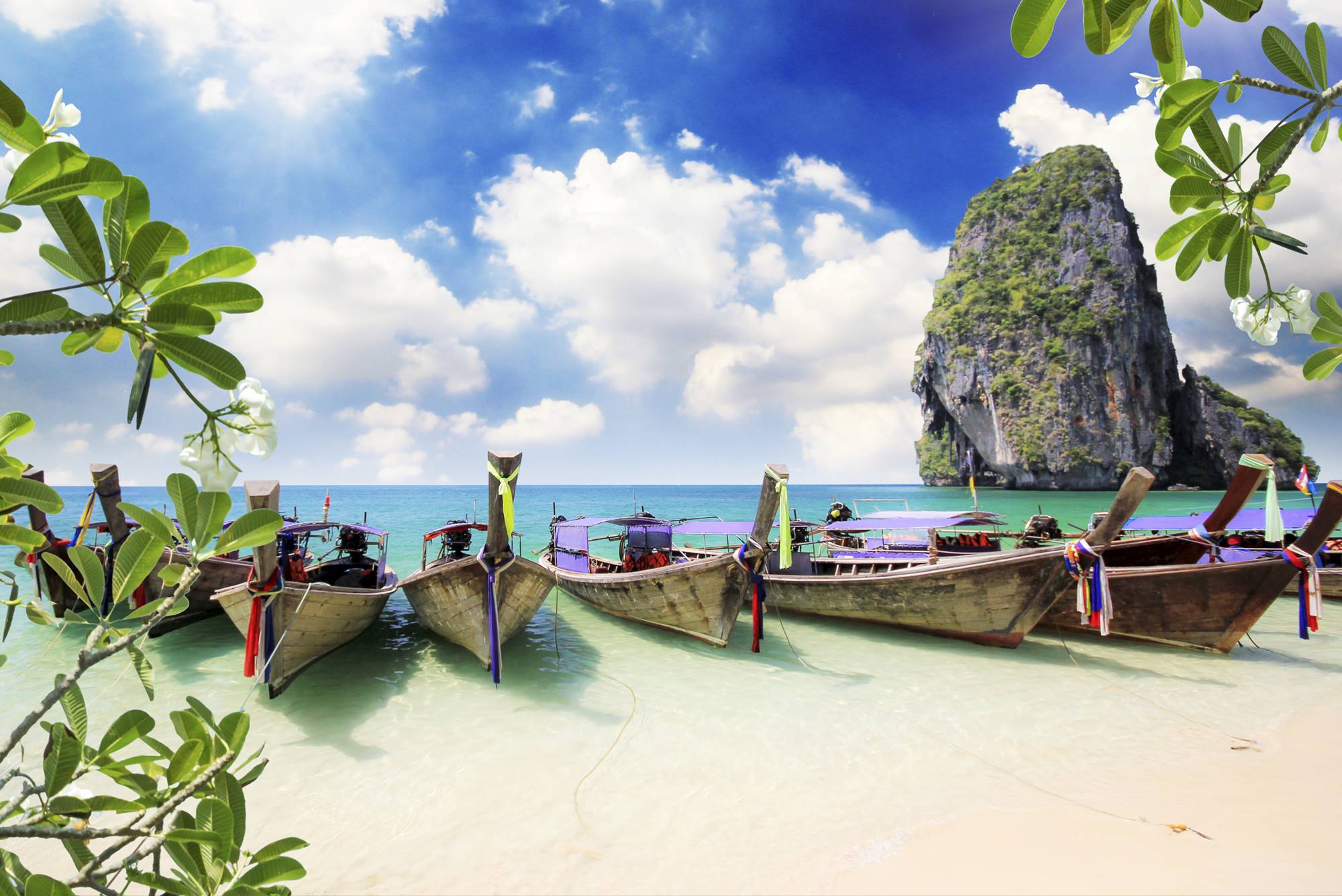
This religion was born in Tay Ninh province (South of Vietnam) in 1926, in this same place, Tay Ninh, stands the Holy See caodista where the most representative building of all is the Temple Cao Dai Tay Ninh province, also called the Temple divine.
The founder of the Cao Dai religion (Cao Đai) was Ngo van Chien, a Vietnamese official who worked for the French administration. The literal translation of Cao Dai is a top place.
This religion has distributed 5 million adherents by Vietnam, Australia, Europe and United States. Its symbol is an eye within a triangle, the so-called third eye or the eye that everything he sees and the triangle is triangle of justice.
The 3 Saints of this religion are the founder of the republic of china Sun Yat-Sen, the poet Victor Hugo and Vietnamese Professor Nguyen Binh Khiem, representing the Alliance between the earthly and the divine. The figures that we see in a box at the entrance of the temple.
Start from Ho Chi Minh City and depart for Tay Ninh where the Cao Dai Great Temple is located. Stroll around the temple, which is regarded as one of the impressive architectural structures in South-East Asia. Maybe, the Cao Dai sect is strange to many people as it’s a special hybrid of Buddhism, Christianity, and Confucianism. At its entrance is the Left Eye of God, which is the Cao Dai religion’s symbol.
After seeing the scenery of the temple, you will attend the midday ceremony organized by the Cao Dai followers to learn about the religious rituals. Go to lunch at a local restaurant, and then be driven towards Cu Chi Tunnels. Be introduced to a short video which is also an overview of the Cu Chi’s history and Vietnamese endurance.
Start discovering some permitted areas of the tunnel system, which is seen as an underground village in Ho Chi Minh City. There are field hospitals, weapon factories, kitchen, command centers, storage facilities, and trap doors. This system was made by hand, which proved the Vietnamese’s intelligence and creativity in the Vietnam war. Enjoy cassava (the main food of Vietcong during the time of war) and sip tangy tea.
Return to Ho Chi Minh City and end your trip.
INCLUSIONS:
EXCLUSIONS:
NOTE: